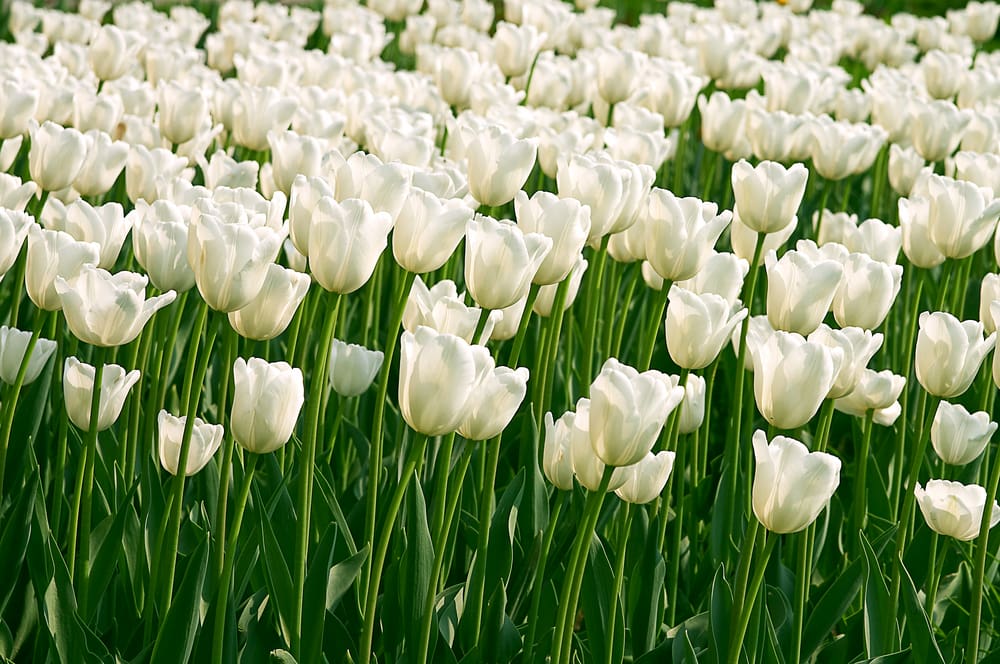At Sahaja Online, we are always high on Higher Purpose, Self-Transcendence, Altruism and similar aspects.
Social behavior, kin recognition, and altruism are well-established throughout the animal kingdom. The ability to recognize kin is an important element in social behavior that can lead to the evolution of altruism.
But are plants capable of recognizing their relatives and acting altruistically like humans are?
Over the years, several studies established that plants have the ability to sense and respond to other plants. That’s a start.
But one study took that discovery further to explore kin recognition in Impatiens pallida (commonly known as yellow jewelweed). Researchers Guillermo Murphy and Dr. Susan Dudley chose this species of Impatiens because the “individuals” are often found growing with kin — that is, in close proximity to related individuals — and respond strongly to aboveground competition for resources.
They first identified families by DNA sequencing. Next, they measured the plants’ responses to two potential cues for competition — changes in light quality (aboveground cue) and the presence of root neighbors (belowground cue). They found that the plants’ behavior differed, depending on whether their neighbors were relatives or strangers. The plants were capable of recognizing kin from non-kin through root interactions — relatives were recognized by secret underground communication through roots (Murphy & Dudley, 2009).
This is the first demonstration that a plant’s response to an aboveground cue is dependent upon the presence of a belowground cue. When growing among close relatives, plants did not increase resource allocation to roots or leaves. Instead, they altered their aboveground structure by increasing stem elongation and branchiness. The plants were actually cooperating with their kin by attempting to acquire the resources they needed without shading nearby relatives.
Yellow jewelweed is found in the understory of forests, where light may be scarce but the soil is usually nutrient-rich. Because light is a limited resource, a plant competing with its neighbors would be likely to allocate its resources to leaves to shade nearby plants and decrease the competitor’s light acquisition abilities. And that’s exactly what they did when growing with strangers. By moving their resources into their leaves and roots, yellow jewelweed not only positively affected their own growth, but also negatively affected their competitors’ growth. In other words, they competed with strangers and cooperated with or, at least reduced interference with kin.
Researchers speculate that natural selection may account for this behavior. Altruistic behavior may have evolved because any action that improves the likelihood of a relative’s survival and reproduction increases the chance of an individual’s DNA being passed on.
This study suggests that plants are social organisms with perhaps more complex social lives than we imagine.
References
Murphy, G.P., Dudley, S.A.. Kin recognition: Competition and cooperation in Impatiens (Balsaminaceae). American Journal of Botany, 2009; 96 (11): 1990.


Responses